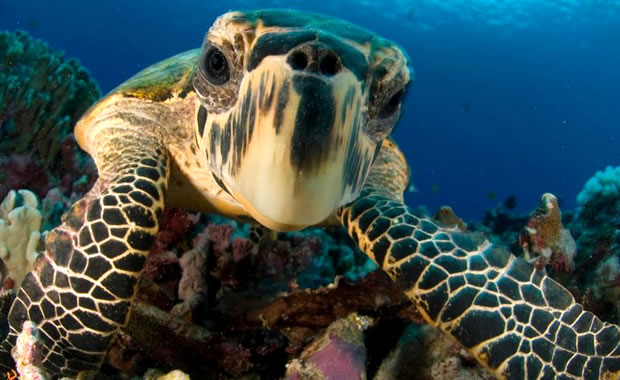Creature Profile
The Lion's Hill velvet worm is a possibly extinct species of velvet worm. It is only known to have occurred in Lion's Hills in Western Cape, South Afrcia. Specimens have only been recorded and observed in one small area (Signal Hill), and there is very little biological information available. Velvet worms are land-dwelling creatures that are caterpillar-like in appearance (and they even possess antennae). They are claw-bearing creatures with flattened cylindrical body cross-sections, and they possess several rows of unstructured body appendages known as "stub feet." Their claws are found throughout the entire length of their bodies. Velvet worms can grow between 0.5 and 20 cm. On average they reach up to 5 cm in length and have between 13 and 43 pairs of legs. The skin consists of a number of fine transverse rings, with orange to red or brown colorations. Some bright green, blue, gold and white velvet worms have been observed.
Velvet worms are most common in the Southern Hemisphere. They are very secretive, living in moist places, such as rotting logs and leaf litter, and they seem to be very sensitive to light. The natural habitat requirement of this particular worm (P. leonina) is said to have been Mediterranean-type shrubby vegetation. The last specimens collected were found in small ravines, hidden under stones.
Although velvet worms may seem gentle at first glance, they are voracious and active carnivores, preying on smaller animals such as termites, woodlice, and small spiders. They capture their prey by squirting sticky slime from their oral tubes. The slime is also used as self-defence by squirting the face of potential predators and temporarily blinding them, allowing the worm to escape.
The reproductive trends of this species appears to have been similar to other members of its genus, Peripatopsis. The female produces about 40 young after a gestation period is 12 to 13 months. The lifespan of this worm may have been six to seven years.
According to the IUCN Red list, P. leonina is a critically endangered species. The main threat to the species appears to be habitat loss due to the development of houses and roads, recreation areas, and the establishment of exotic plantations. Also, the habitat of this species has suffered high levels of air pollution which have increased radically over the past 100 years. The last specimen was collected in 1900.
Wikipedia Article

|
Wikipedia Article Copyright Notice: This article is licensed under the GNU Free Documentation License. It uses material from the Wikipedia article "Peripatopsis leonina". |
April 30, 2017
Glenn, C. R. 2006. "Earth's Endangered Creatures - Lion's Hill Velvet Worm Facts" (Online). Accessed 4/19/2024 at http://earthsendangered.com/profile.asp?sp=2113&ID=1.
Need more Lion's Hill Velvet Worm facts?




